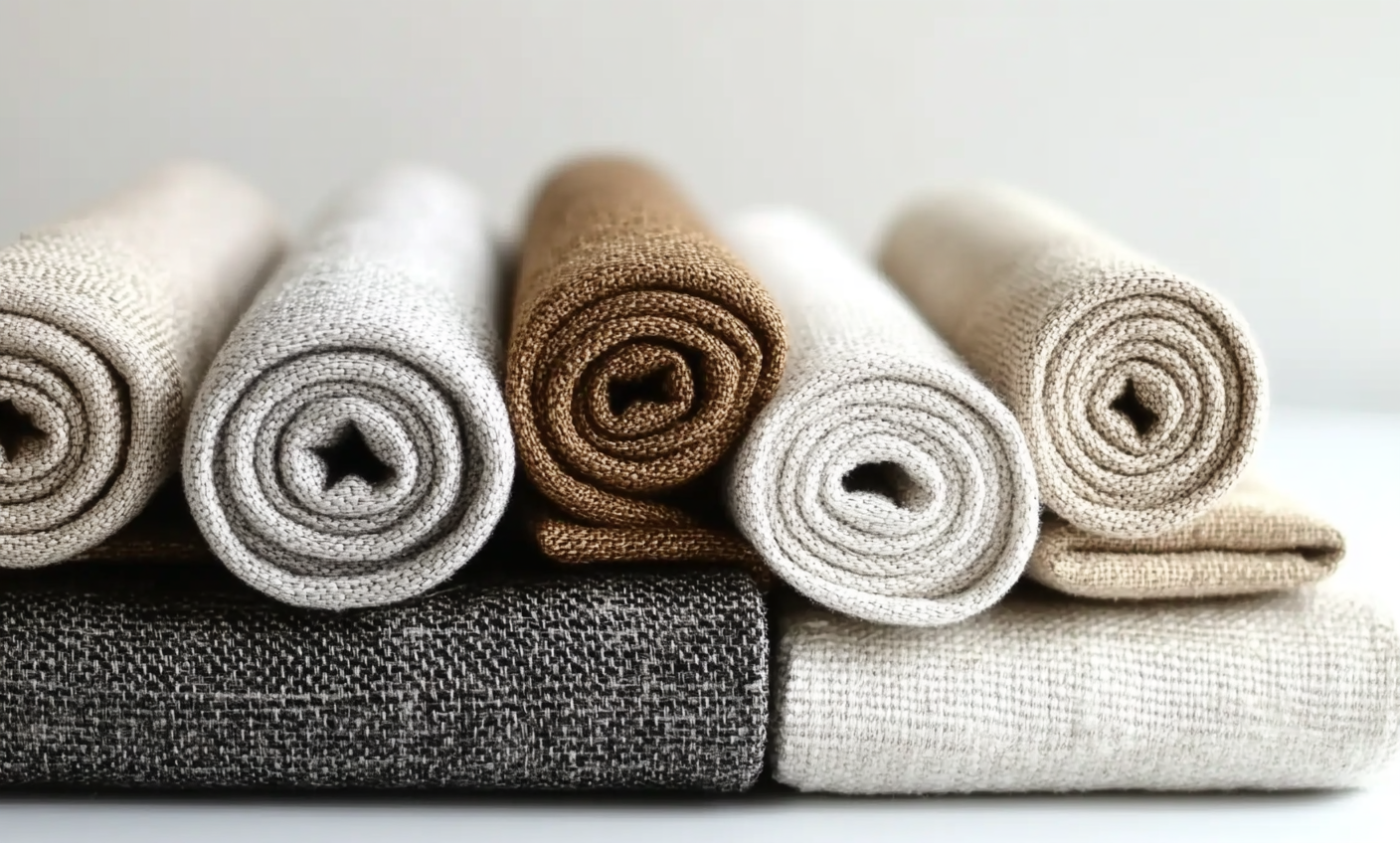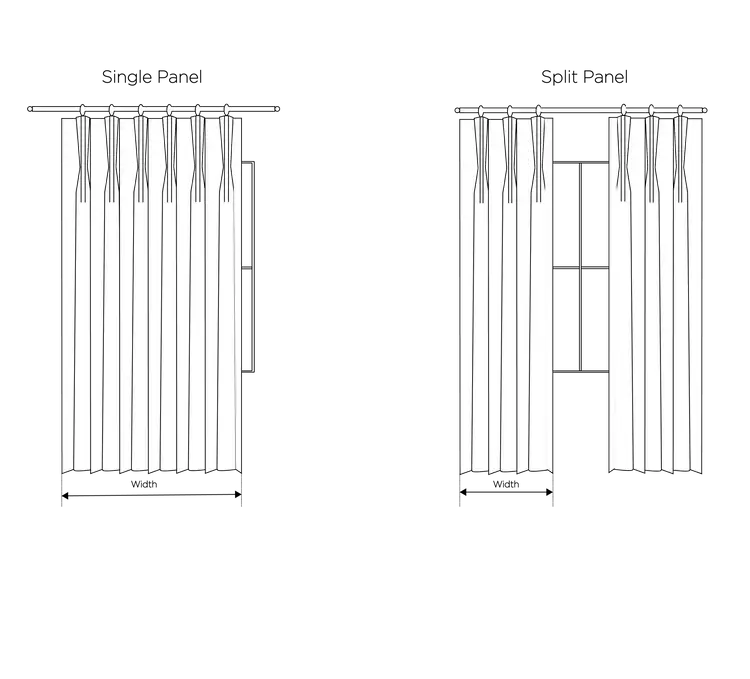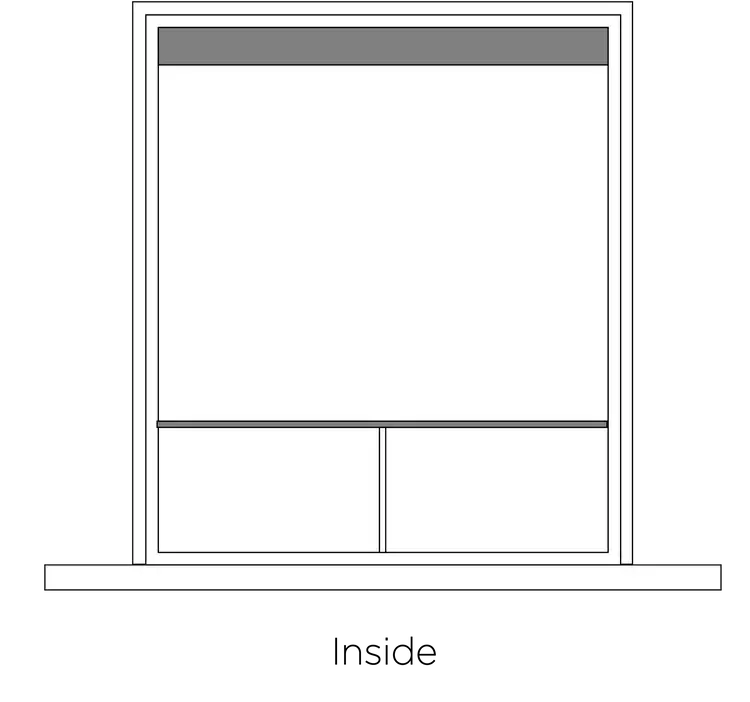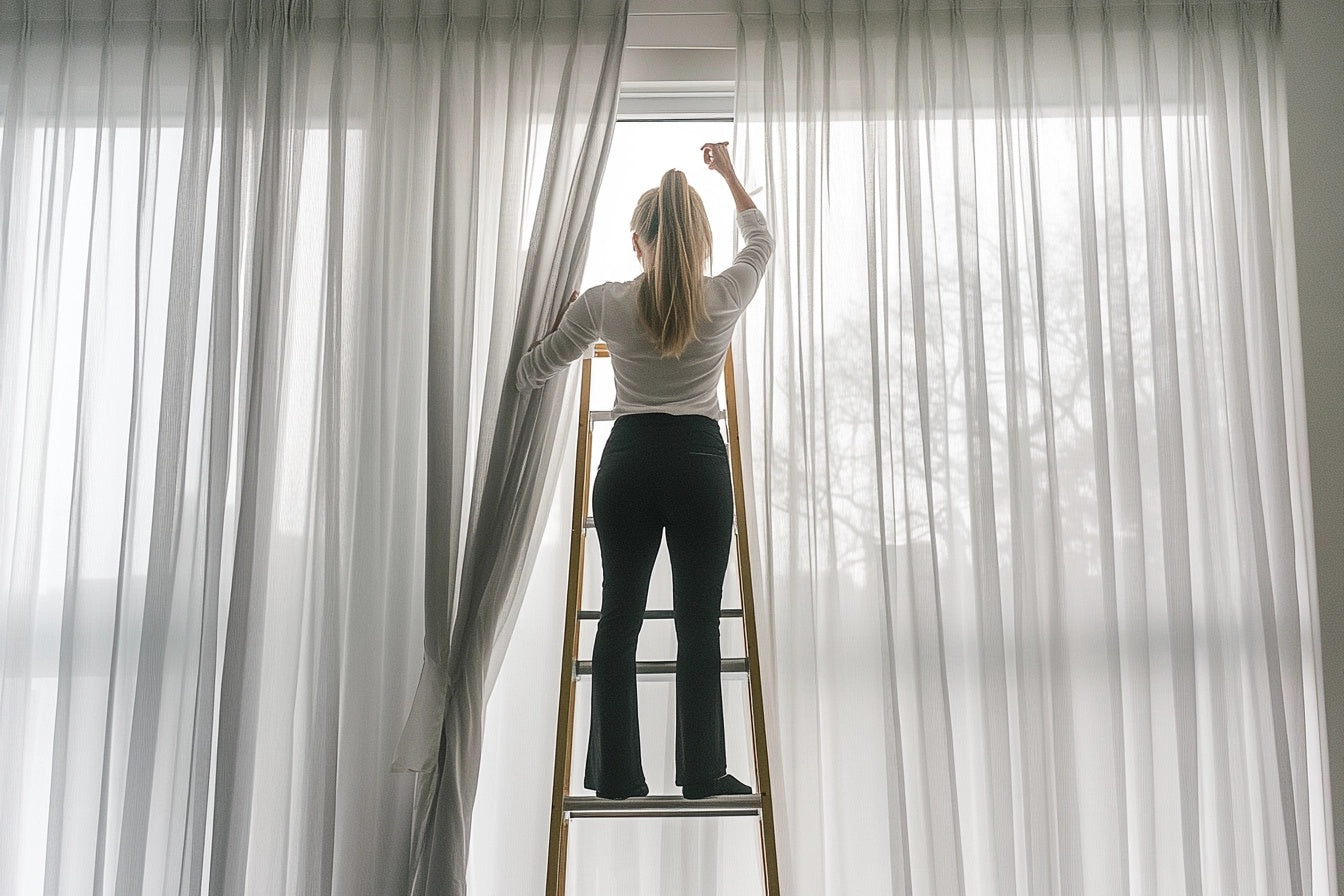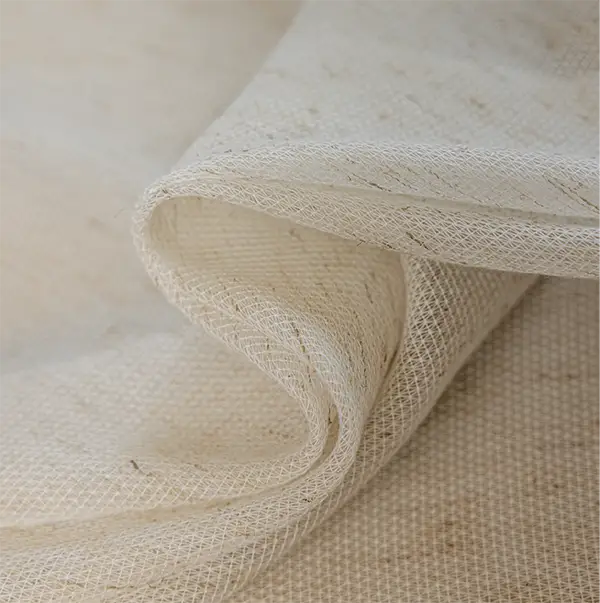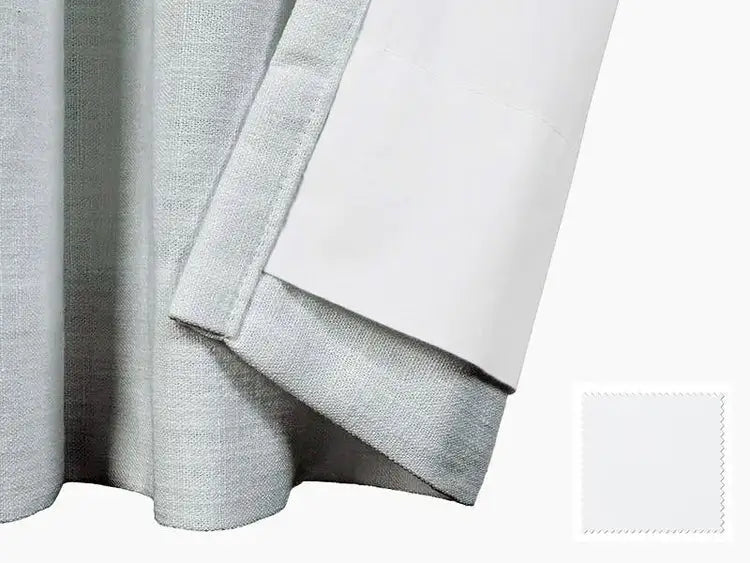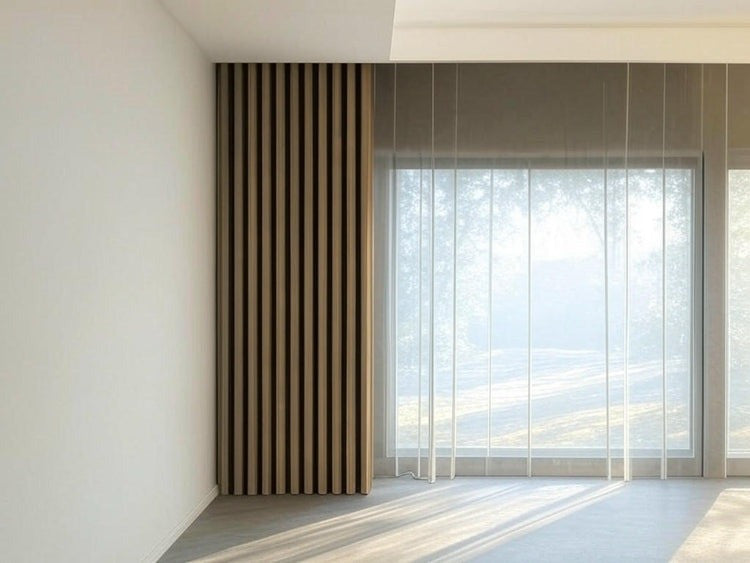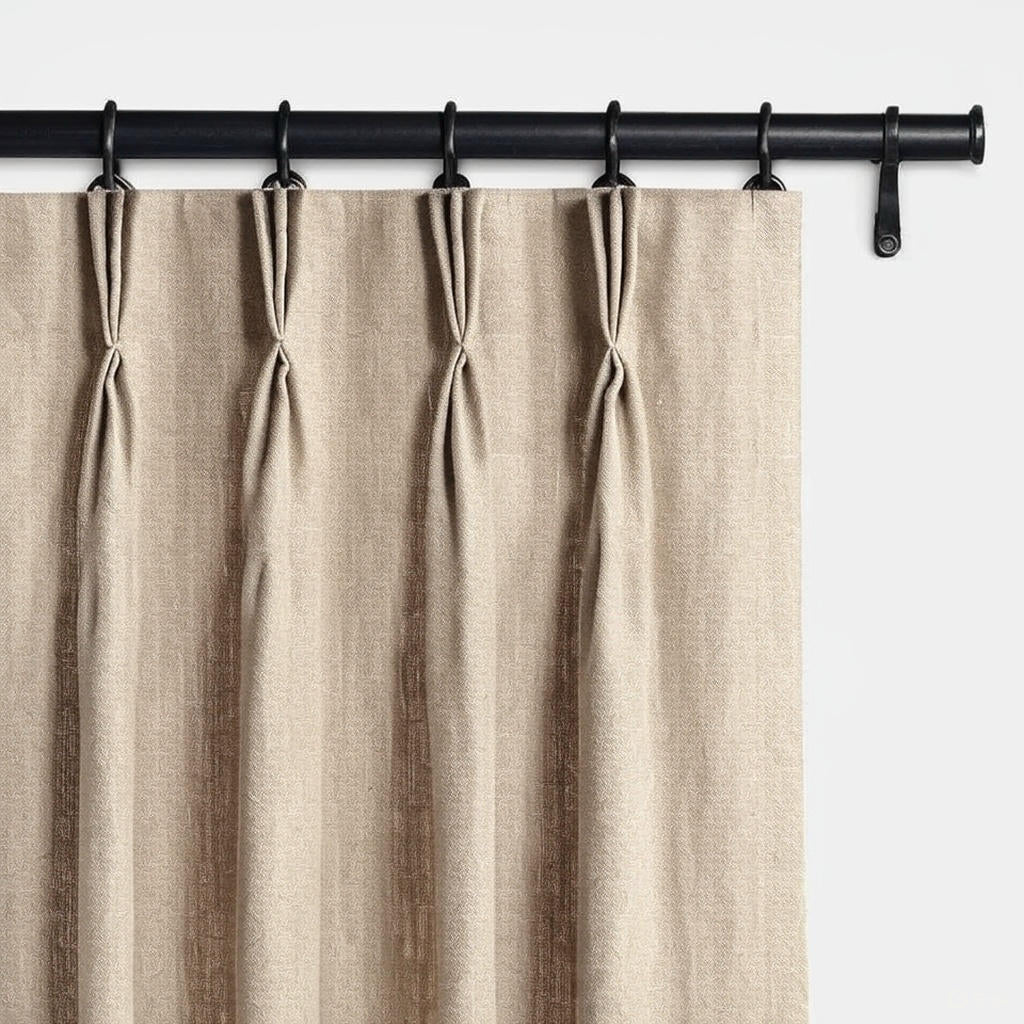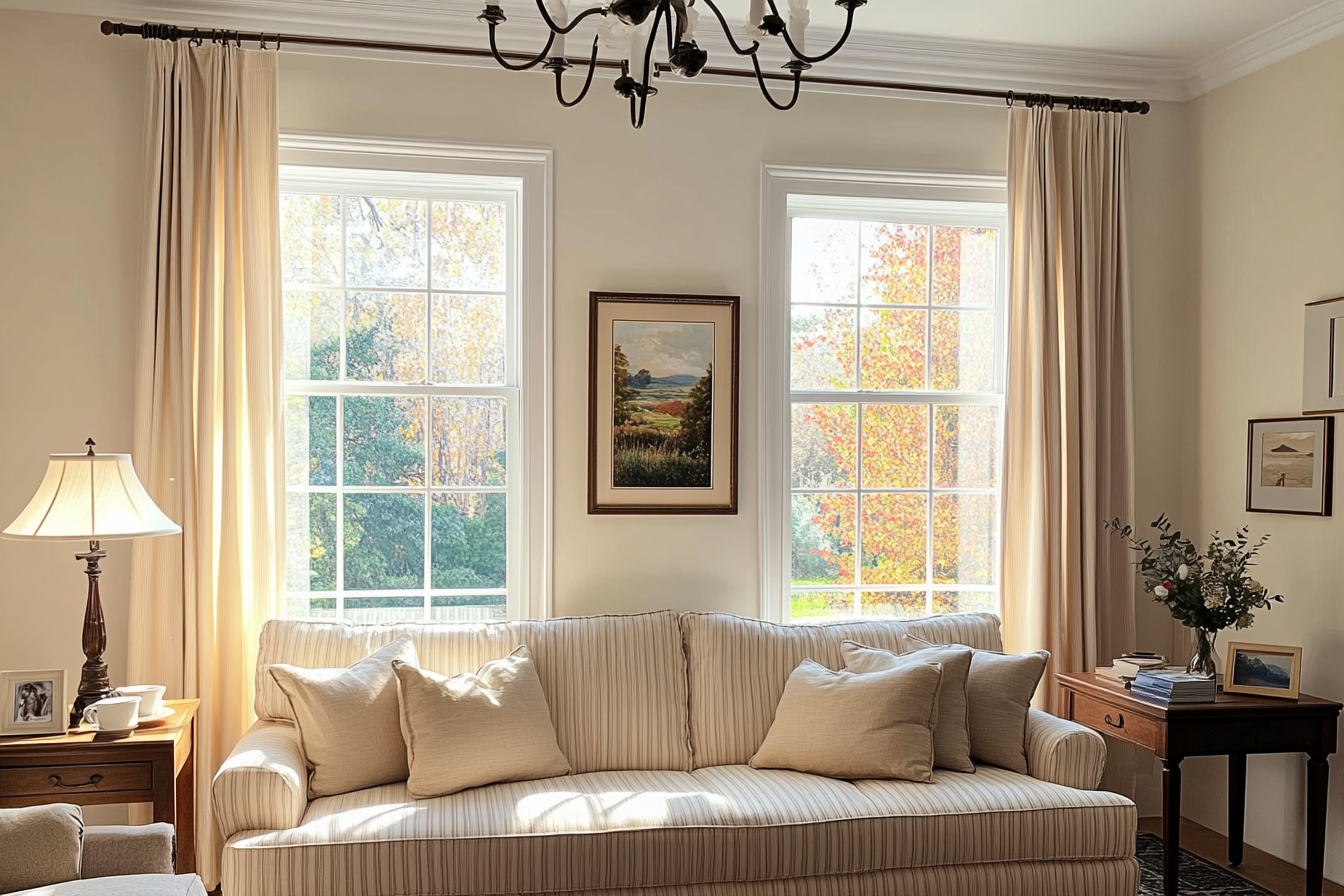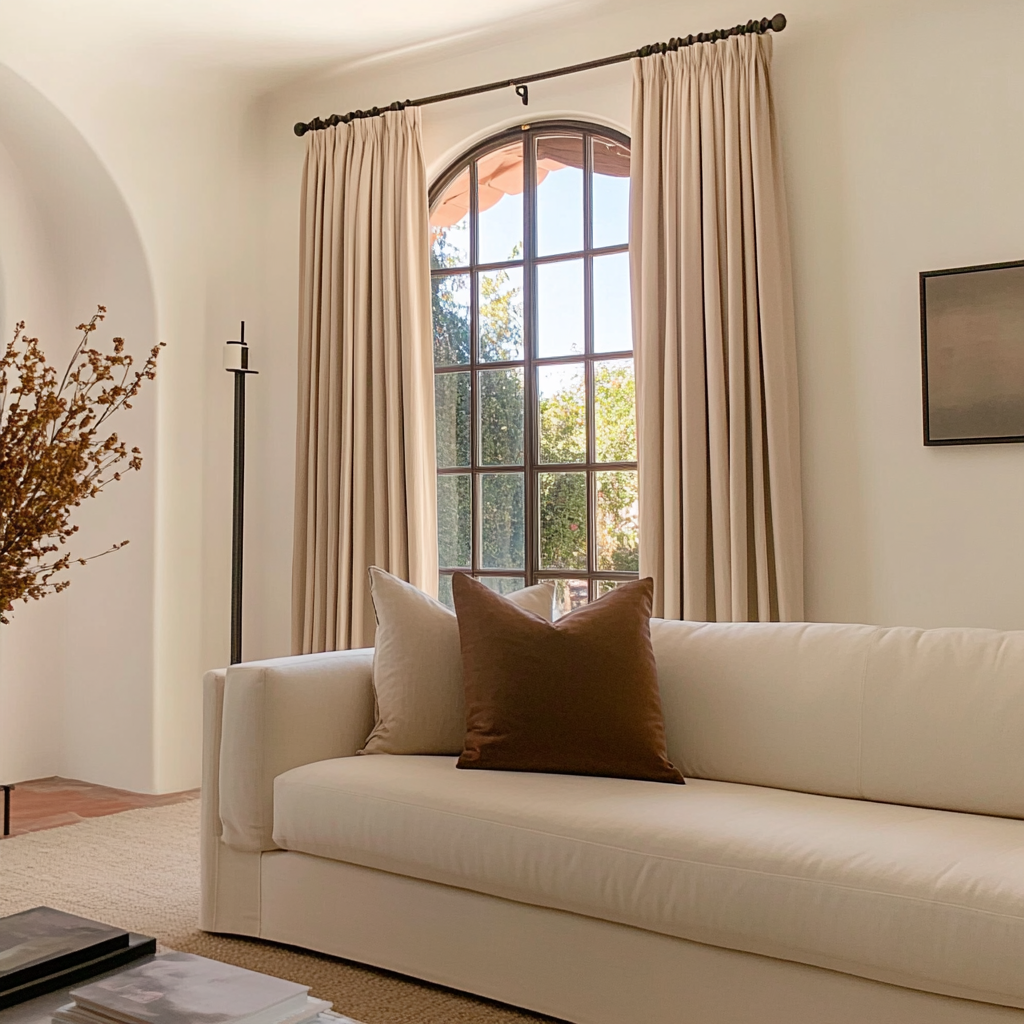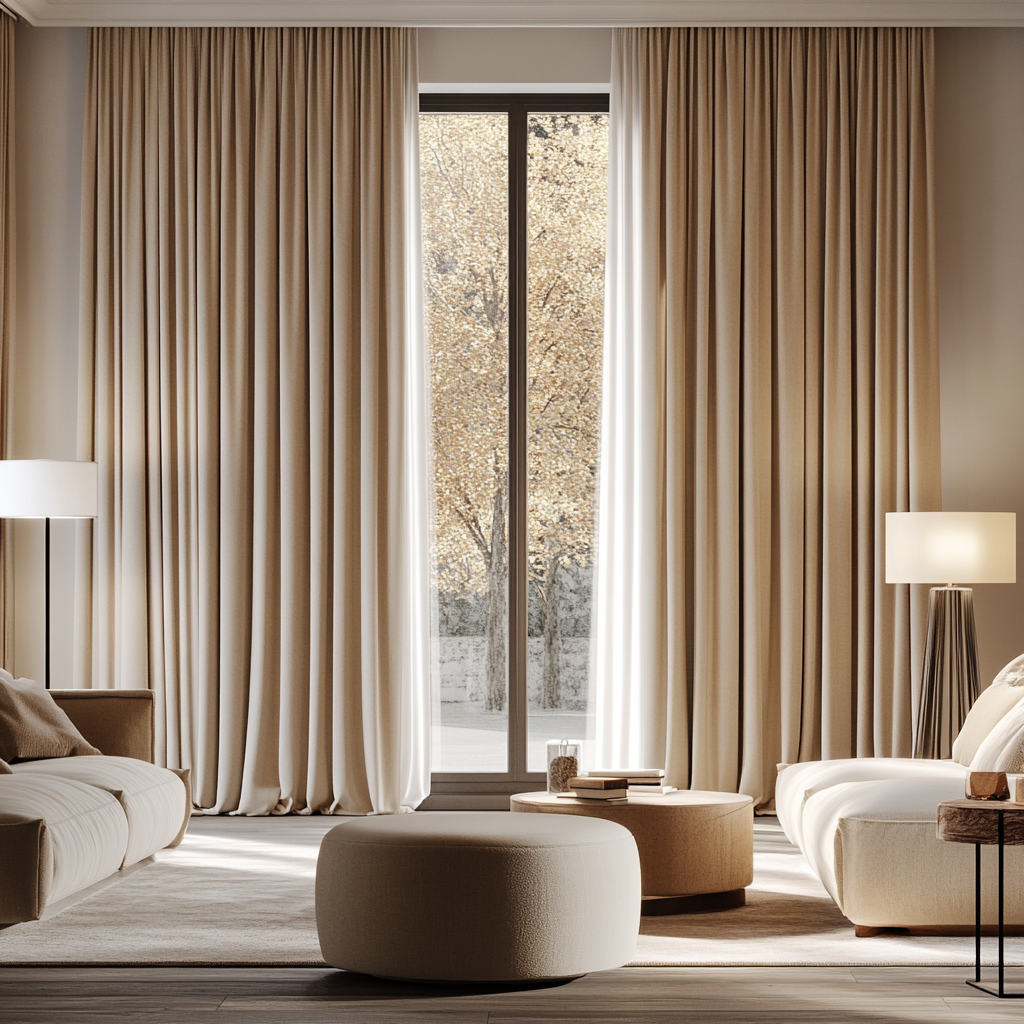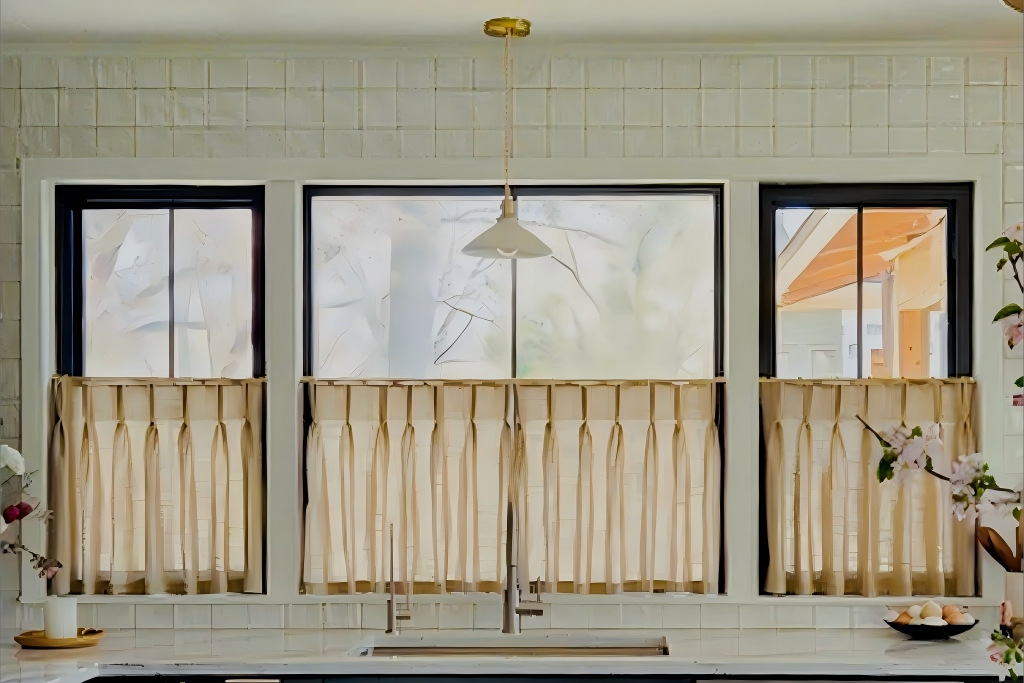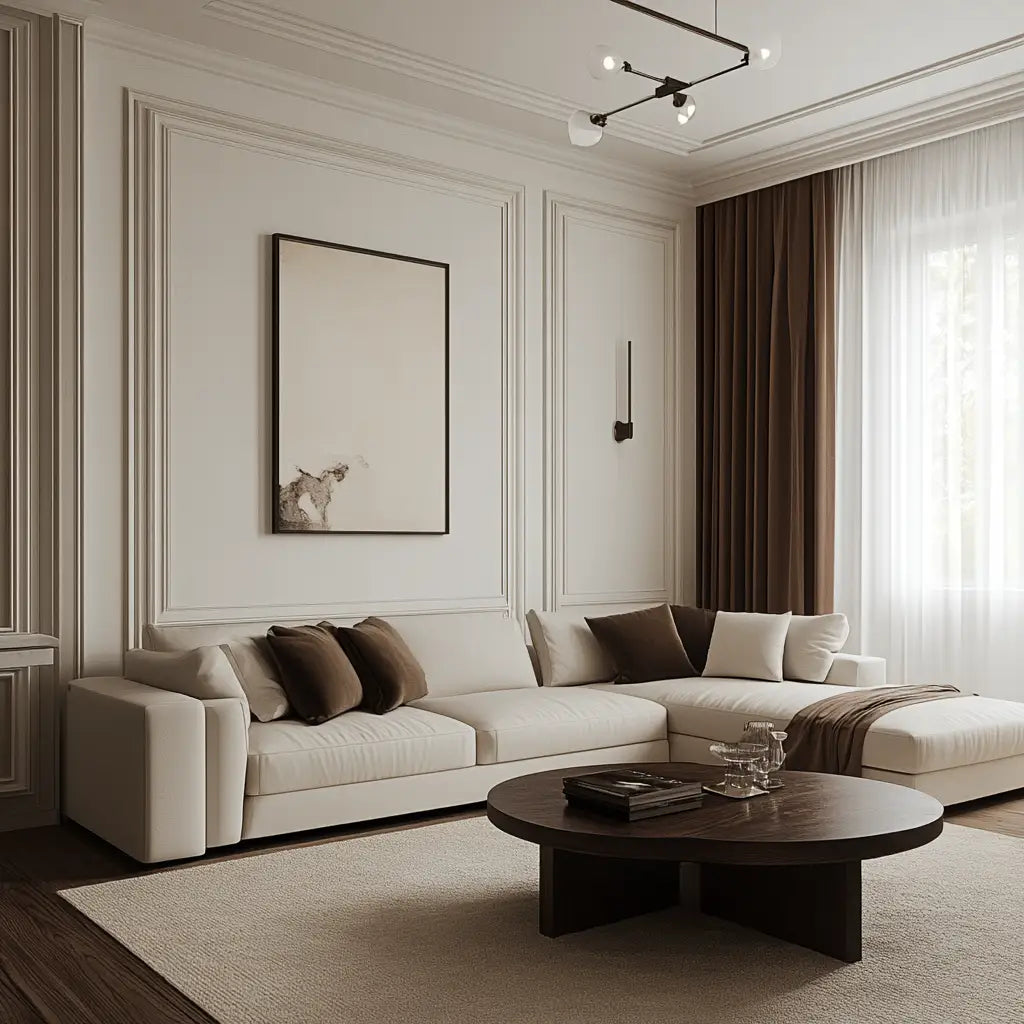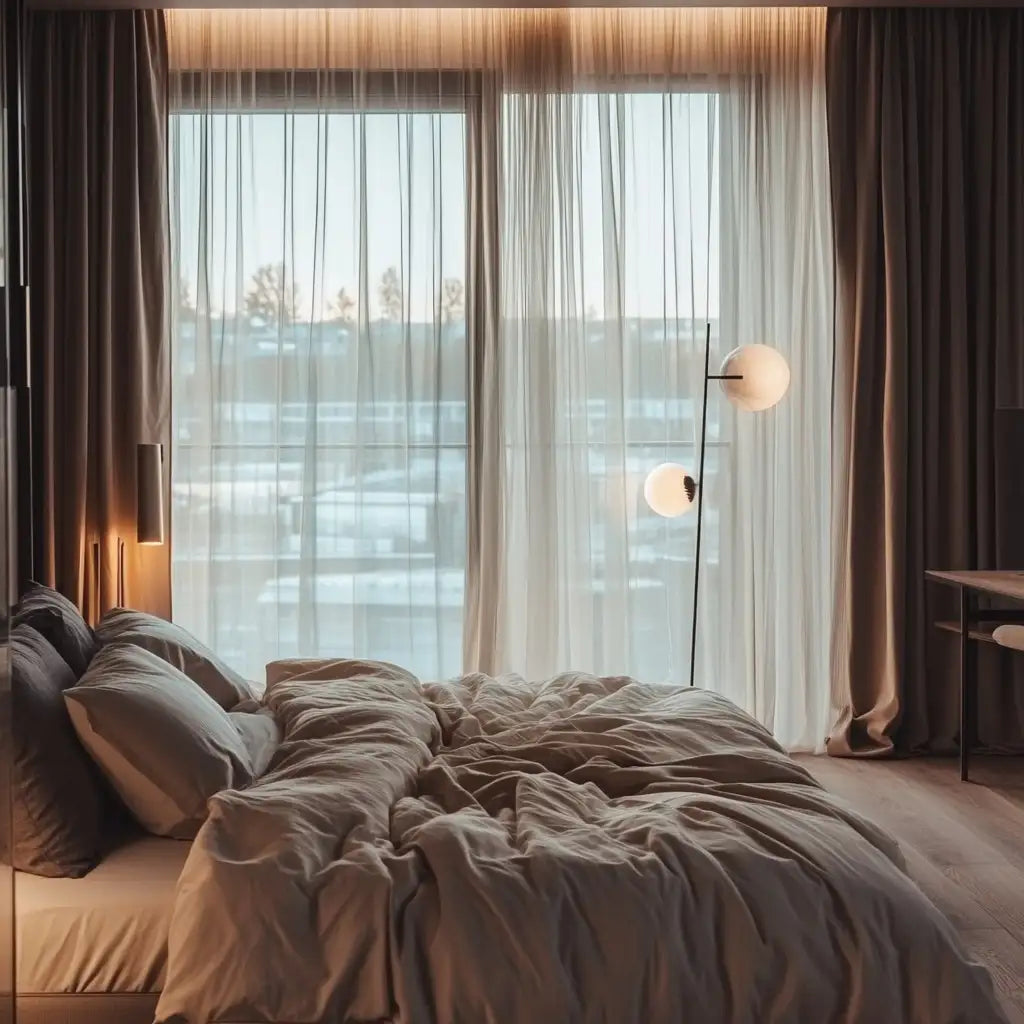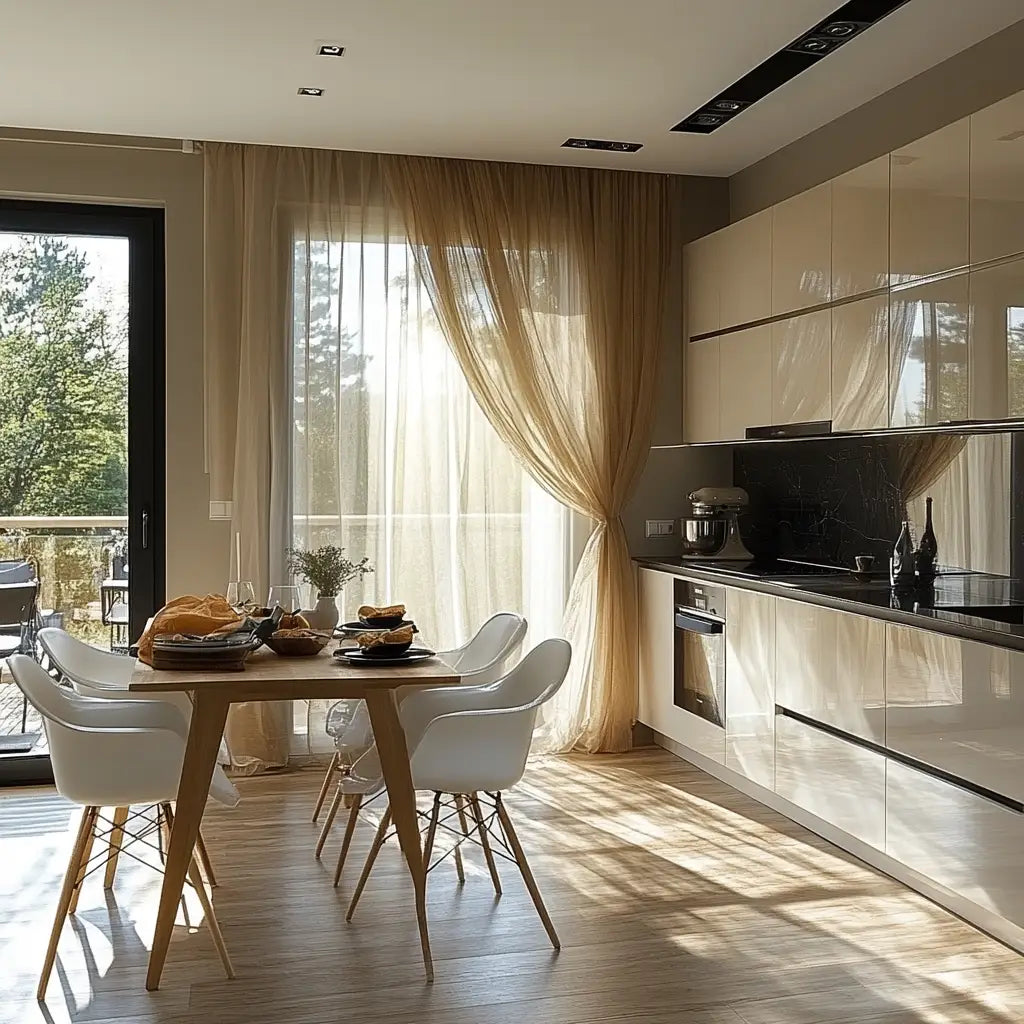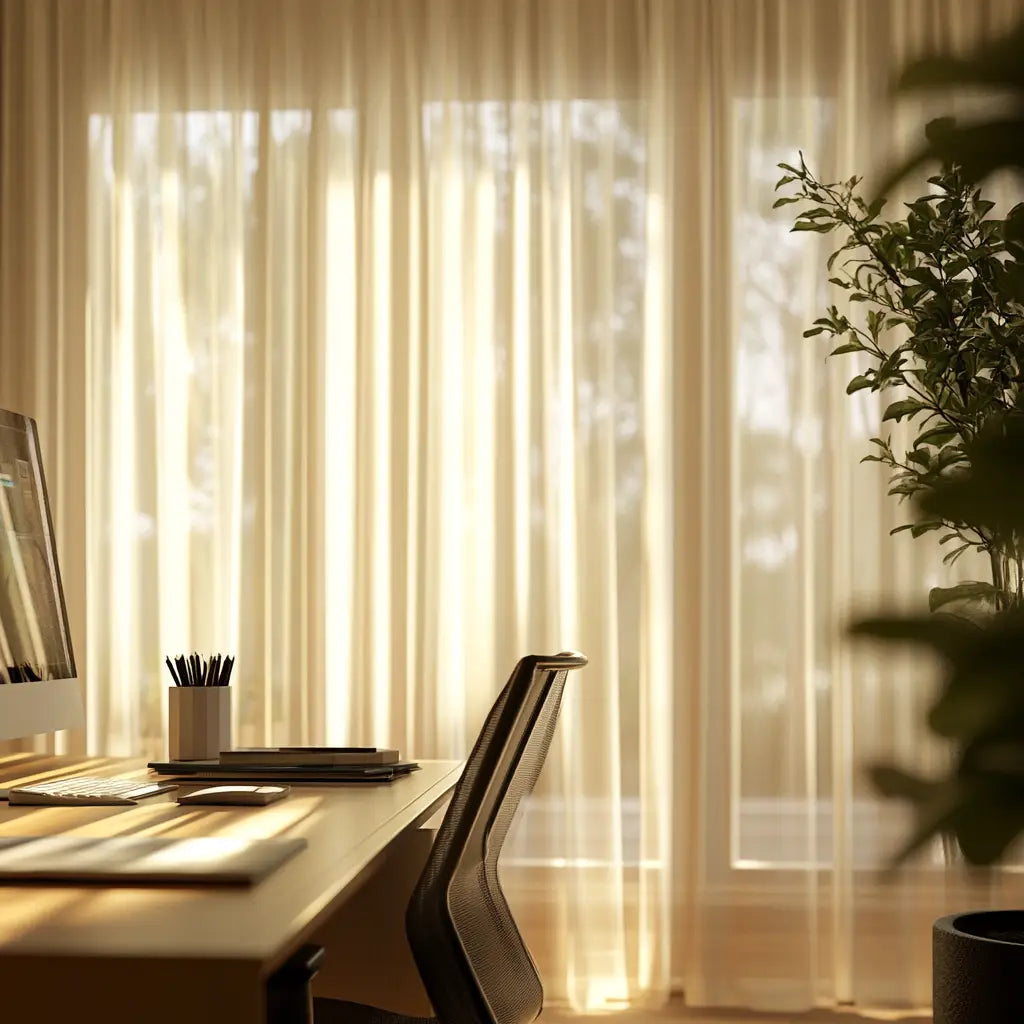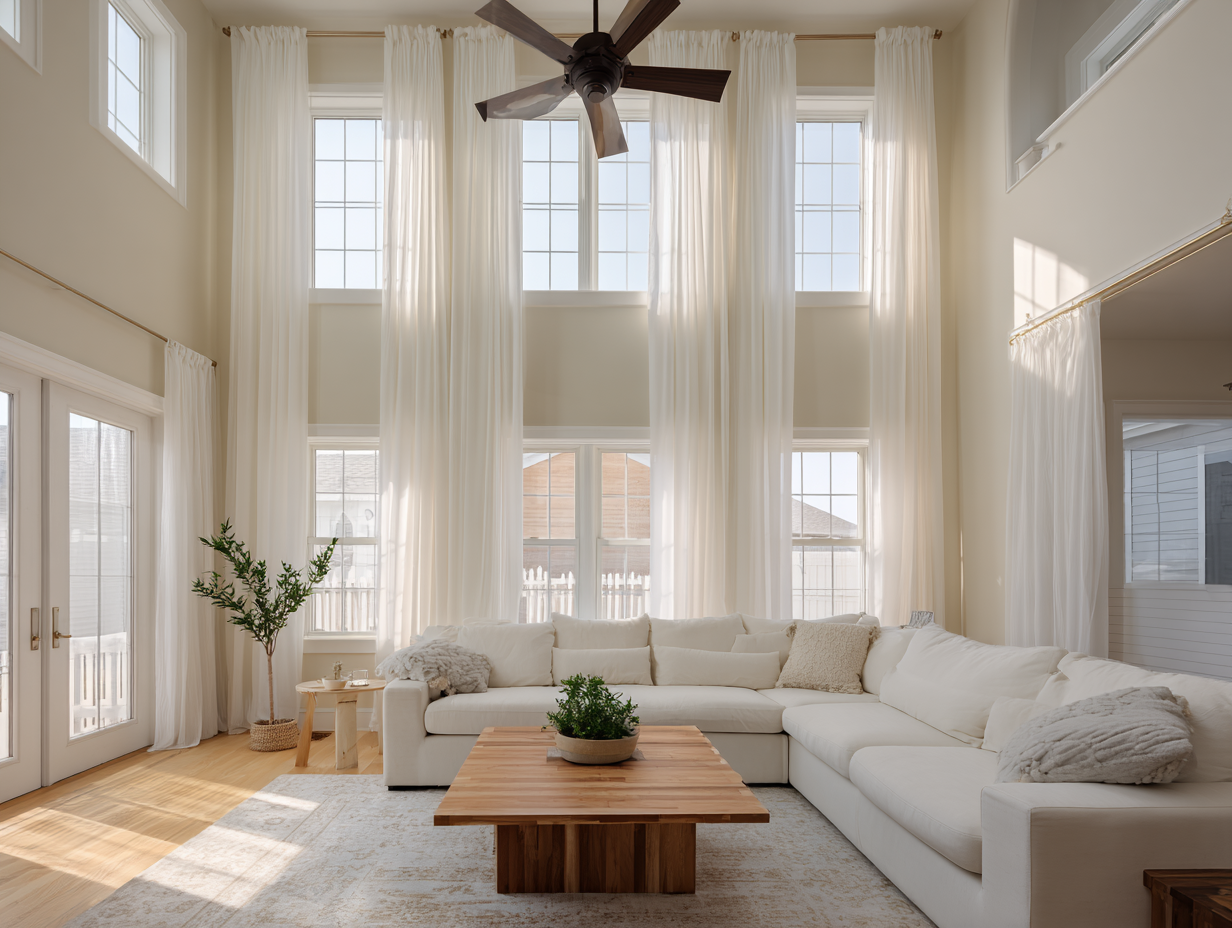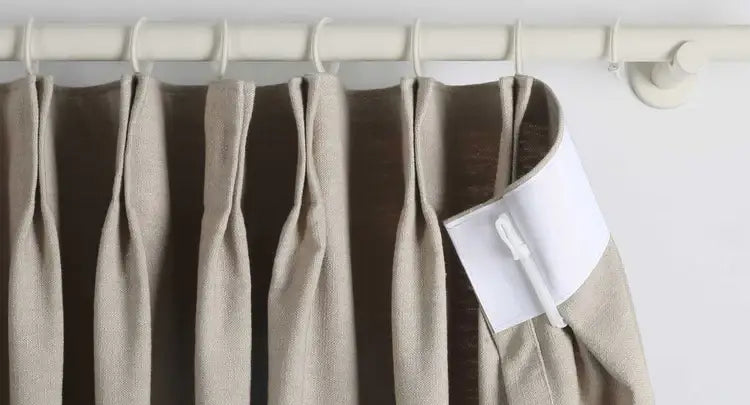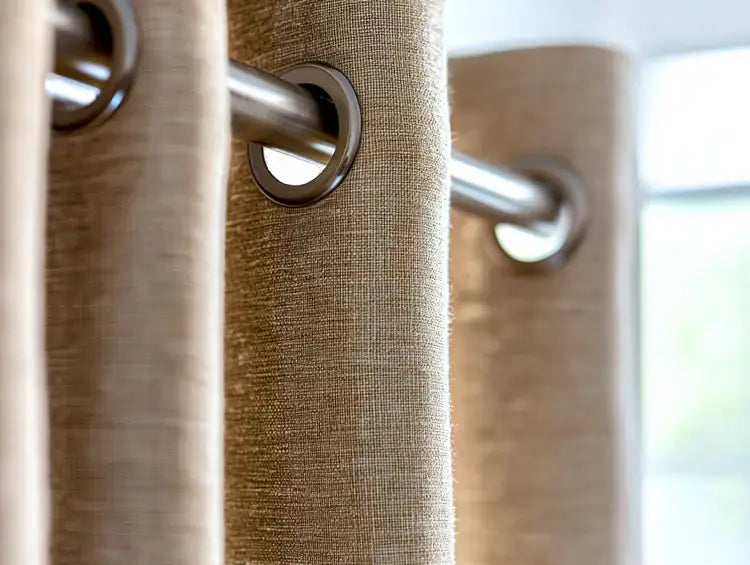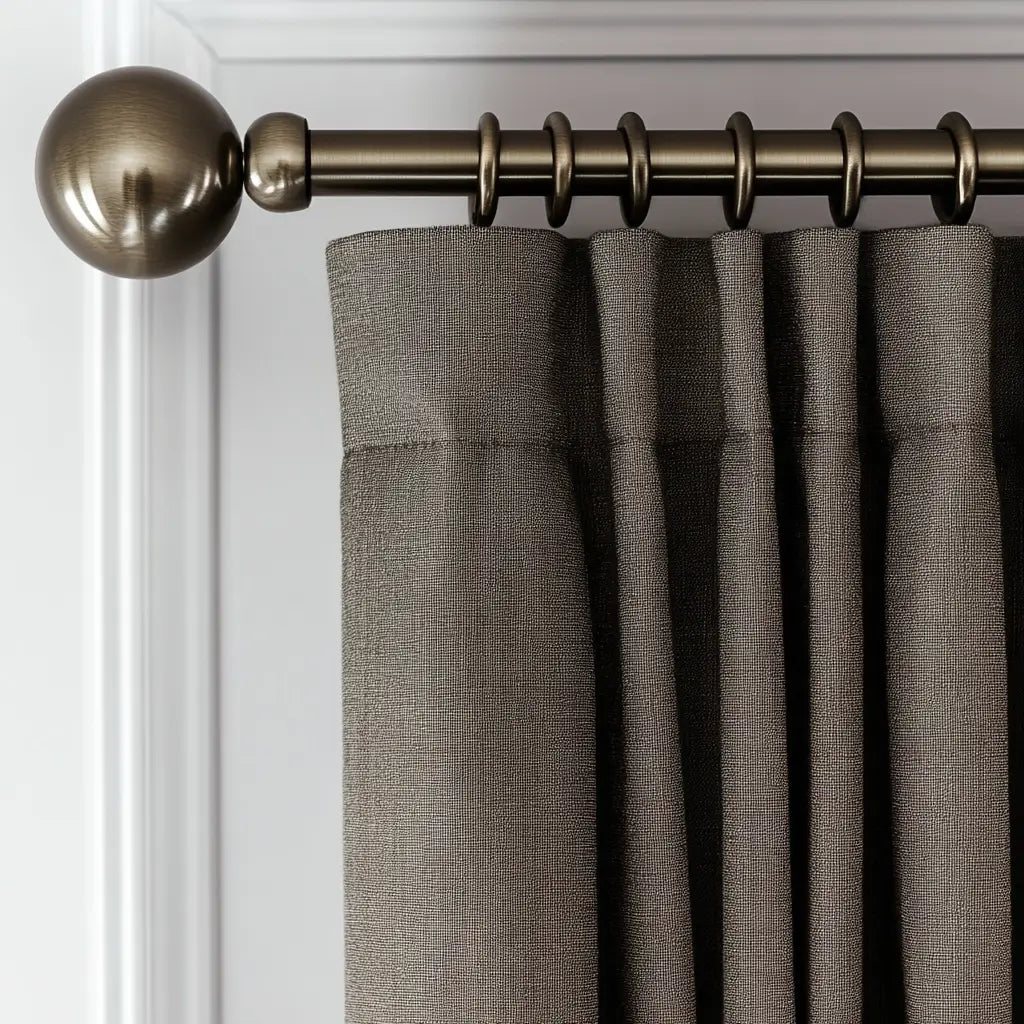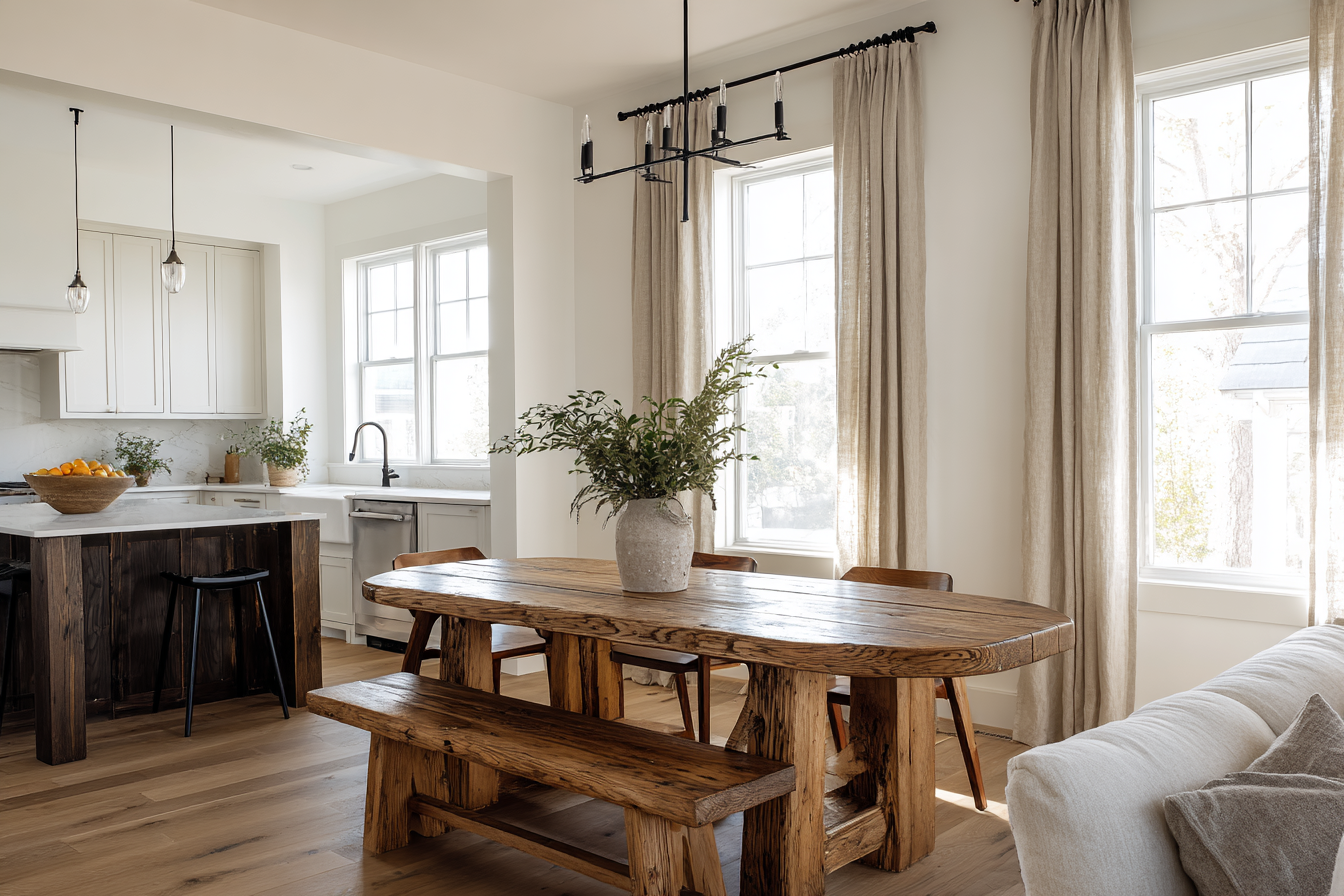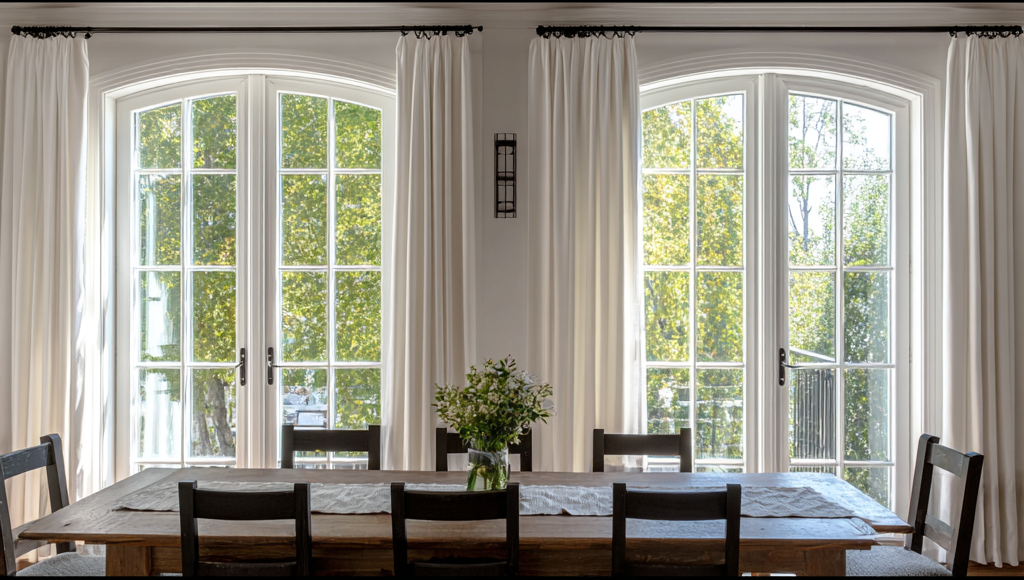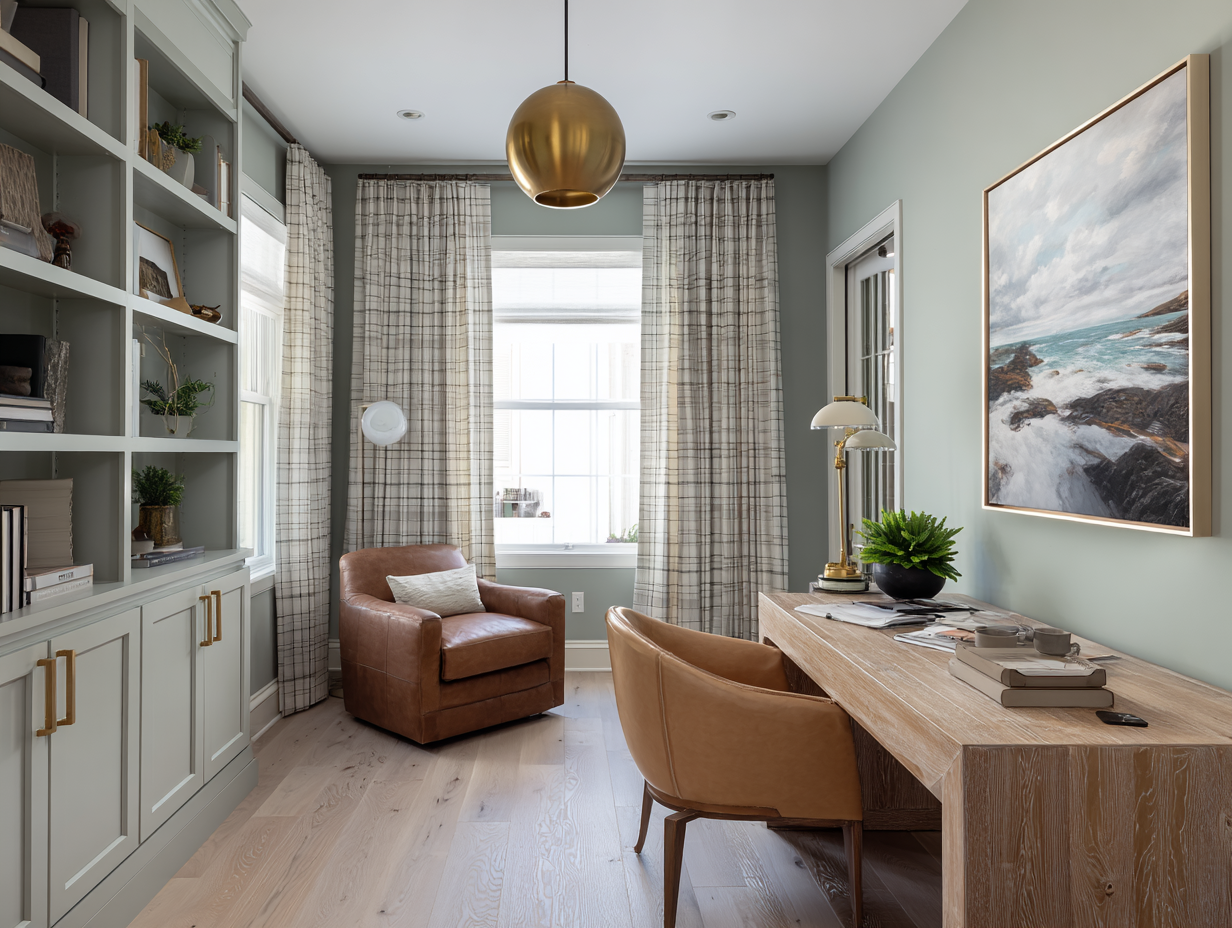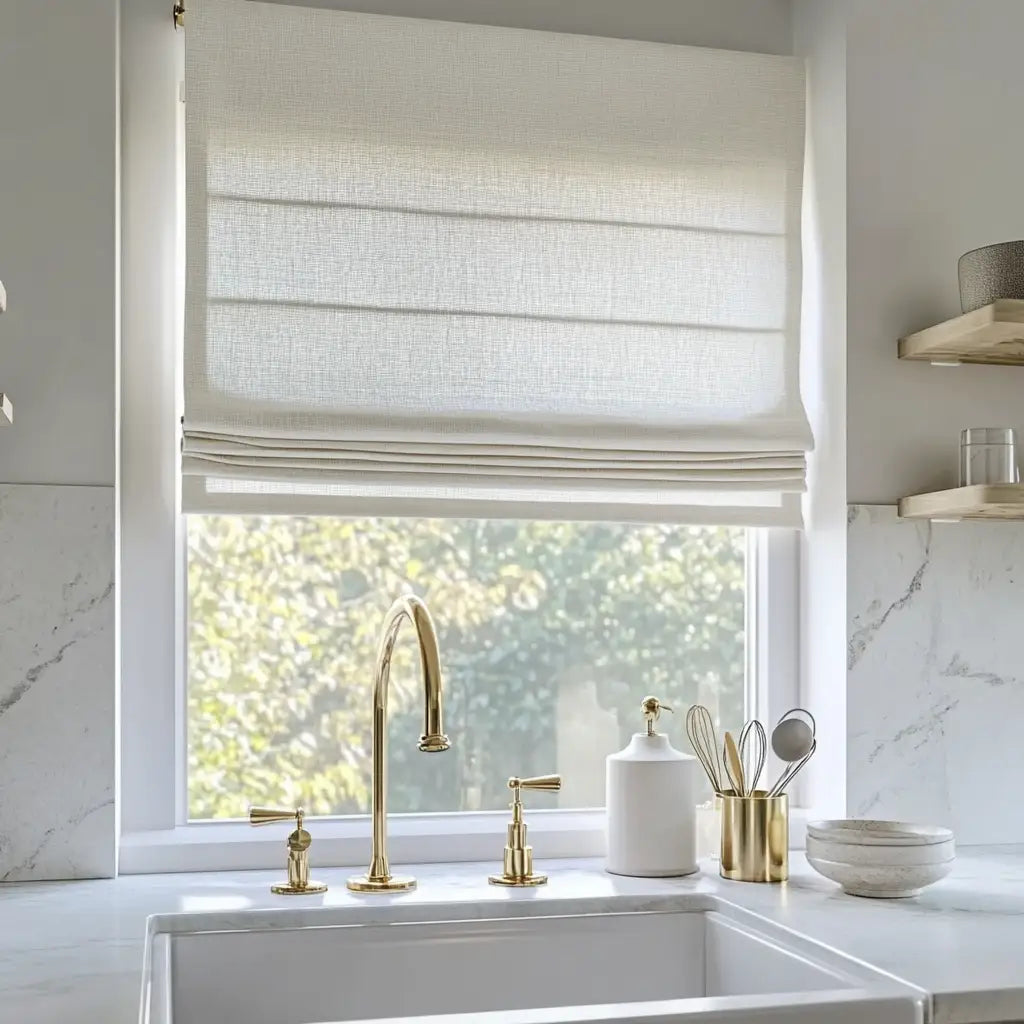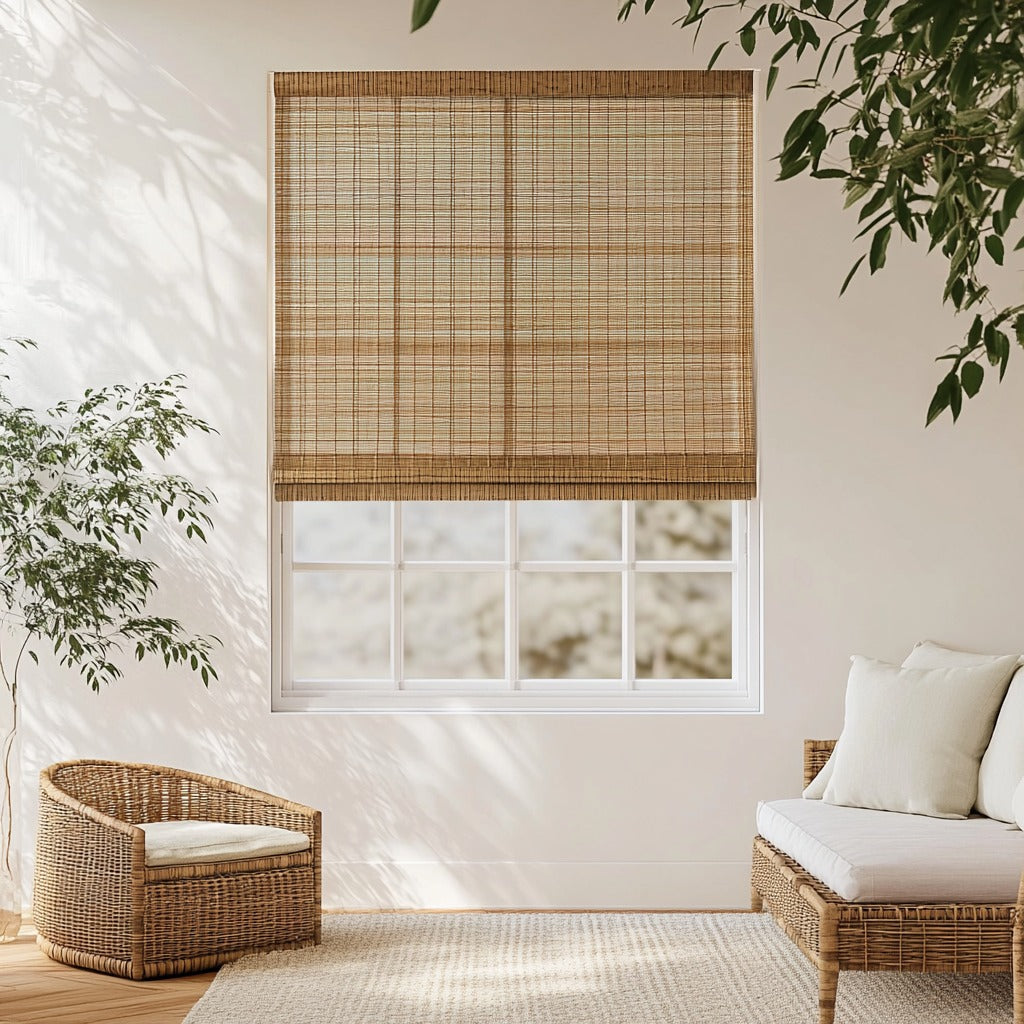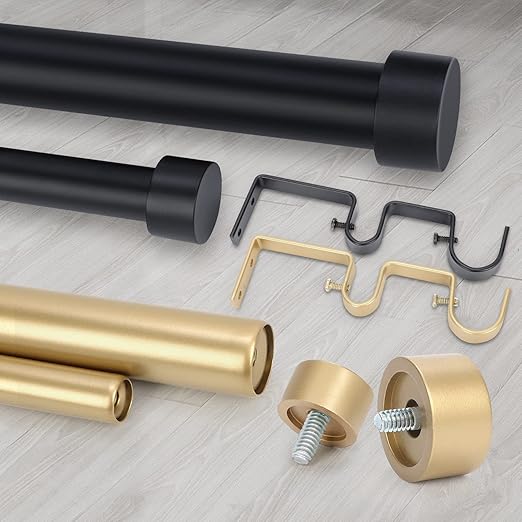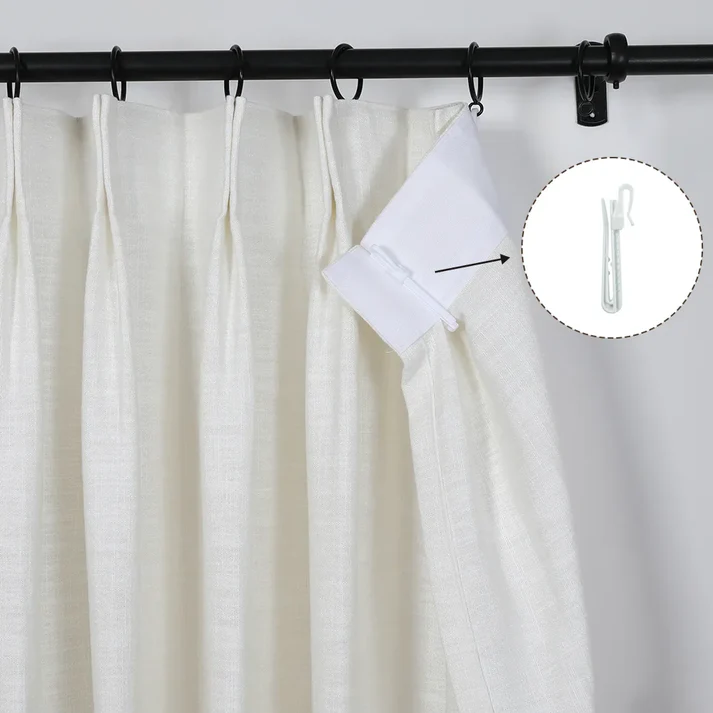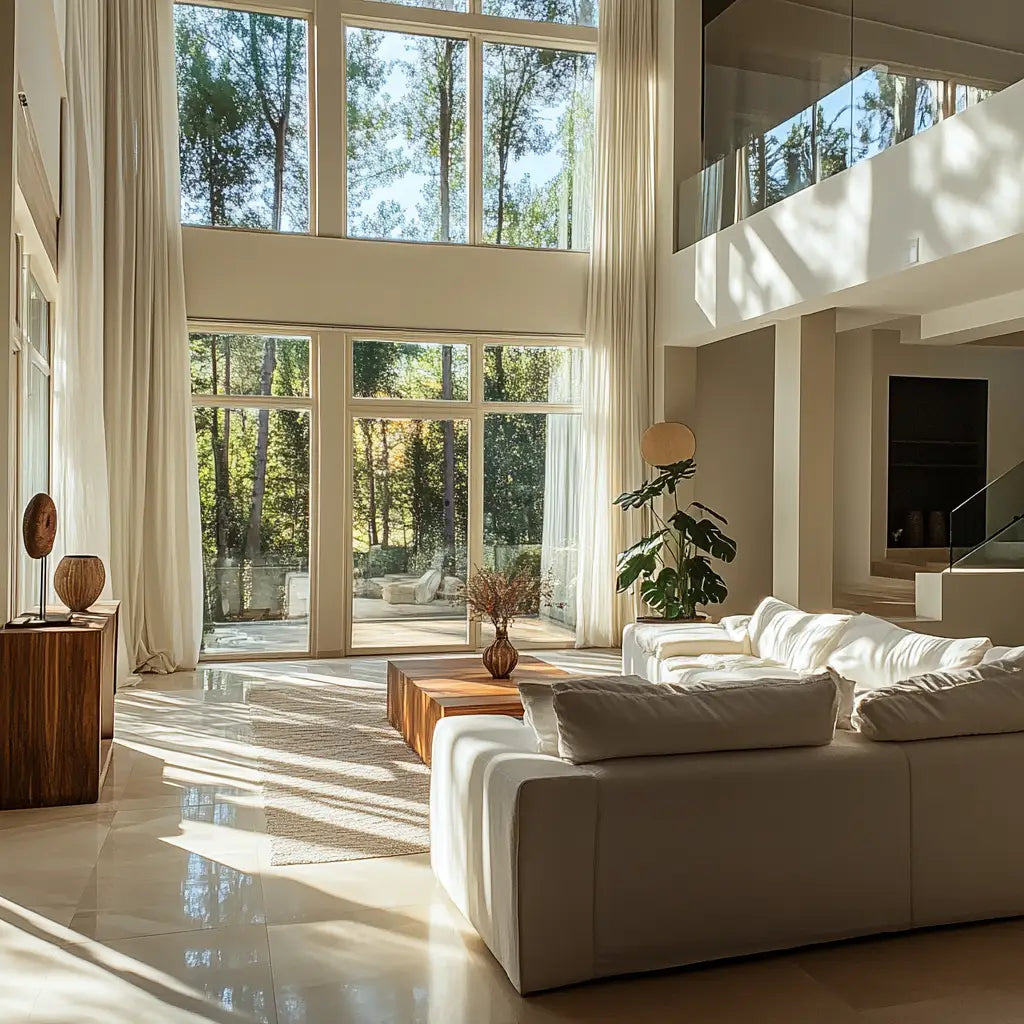
Drapes for Dining Room: Complete Style & Function Guide
The dining room is more than a place to eat—it’s where style meets daily life.
Drapes bring that balance of beauty and comfort.
They frame windows, control light, and add a refined mood to meals.
From classic pleats to sheer panels, options are endless.
This guide covers why dining room drapes are so popular, their pros and cons, and how to choose the right style for you.
What Makes Drapes for Dining Room Popular Today?
In modern homes, drapes are not just fabric—they are visual statements.
They soften hard lines and create inviting warmth.
Neutral tones blend seamlessly into minimalist dining spaces.
Rich colors offer drama and anchor the décor.
Texture matters too—linen for relaxed charm, velvet for opulence.
A well-chosen drape can set the tone for every meal.
For a tailored look that blends cotton comfort with crisp pleats, consider
Breeza cotton blend pleated cafe curtains.

Pros & Cons of Drapes for Dining Room
Pros: They filter or block light, control temperature, and reduce noise.
They also enhance privacy without compromising style.
They allow seasonal updates—swap heavier fabrics in winter for lighter ones in summer.
Layering sheers with blackout panels offers flexibility.
Cons: They need occasional dusting or dry cleaning.
Bulky fabrics may limit natural light in small spaces.

Best Room Types and Use Cases
Formal dining rooms benefit from full-length drapes in sumptuous fabrics.
They emphasize height and grandeur.
Casual breakfast nooks look great with lighter materials.
Think sheer linens that keep the room airy.
For open-plan spaces, choose colors that coordinate with both kitchen and living areas.
This keeps the space visually unified.
Explore more modern drapery ideas for dining room
to match different layouts and moods.

Top Alternatives Compared
Blinds offer precise light control but lack softness.
They suit minimalists but may feel stark in dining settings.
Roller shades are discreet when up but lack texture.
They work well if you want an unobstructed view.
Sheers filter light beautifully but may not offer privacy at night.
They excel in daytime dining areas with garden views.

Installation & Maintenance Tips
Use sturdy rods to support heavier fabrics.
Match finishes to existing fixtures for a cohesive look.
Hang panels wider than the window for a fuller drape effect.
This also prevents light gaps.
Vacuum with a soft brush to keep dust away.
For deeper cleaning, follow the care label.
Try layering soft sheer drapes for dining windows
with heavier curtains for year-round versatility.
Buyer Tips Based on My Experience
Decide your priority—privacy, insulation, or aesthetics.
This guides fabric and lining choices.
Measure carefully before ordering to ensure perfect fit.
Consider custom options for challenging window sizes.
Match drapes to table linens or wall art for a coordinated finish.
This makes the space feel intentional and harmonious.
Frequently Asked Questions
What fabric is best for dining room drapes?
Linen offers breathability and casual charm; velvet provides warmth and luxury.
Do dining room drapes need lining?
Lining improves insulation, light control, and fabric longevity.
How often should I clean my dining room curtains?
Vacuum monthly and deep clean every 6–12 months for best results.
Can I mix sheer and blackout drapes in the dining area?
Yes, layering gives both daylight softness and nighttime privacy.
Random Articles

Discover how to choose the best bedroom curtains for your space. From color and fabric to hanging...

Discover how to choose the best curtains for your living room with expert tips on fabric, length,...

Back tab curtains are a stylish and practical choice for homeowners who love a clean, modern, and...

Choosing the right curtain length can significantly enhance the look and feel of a room, making i...

